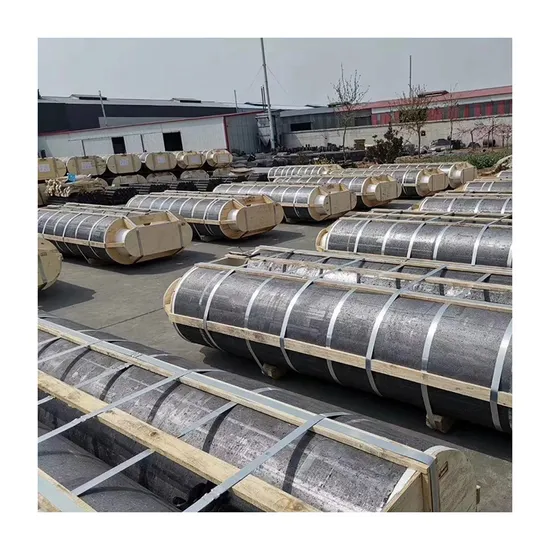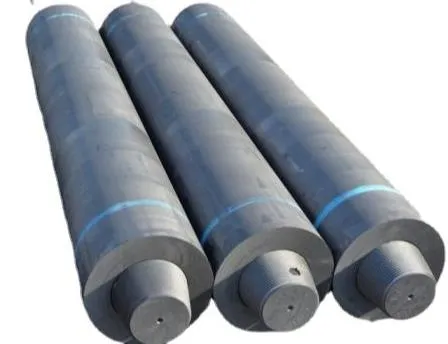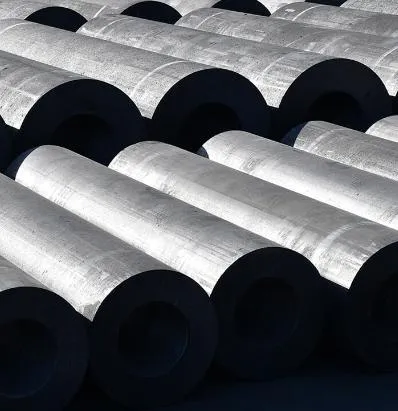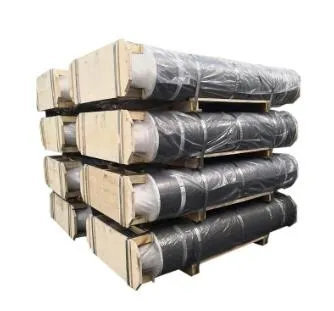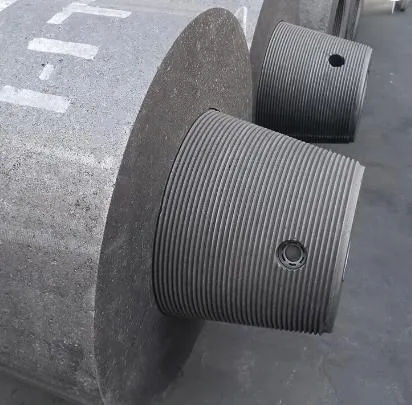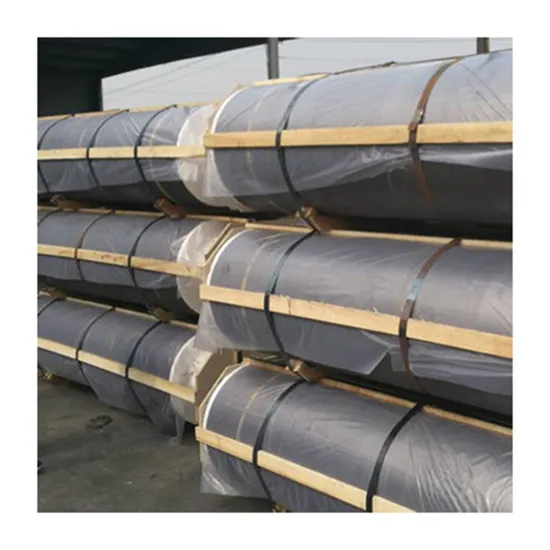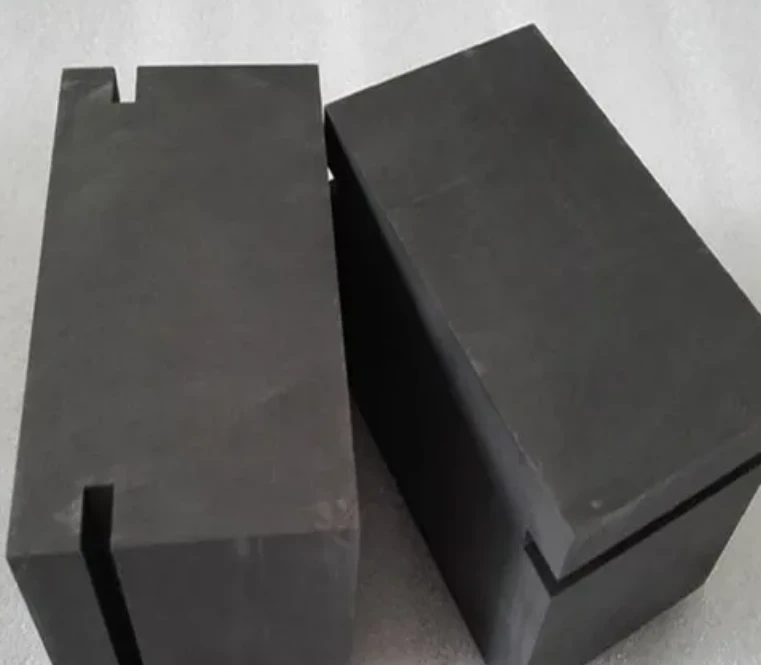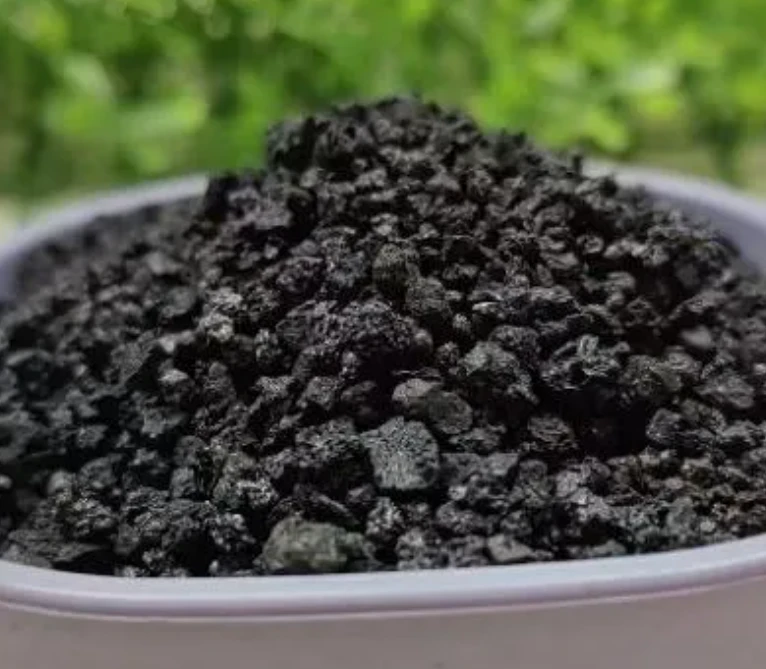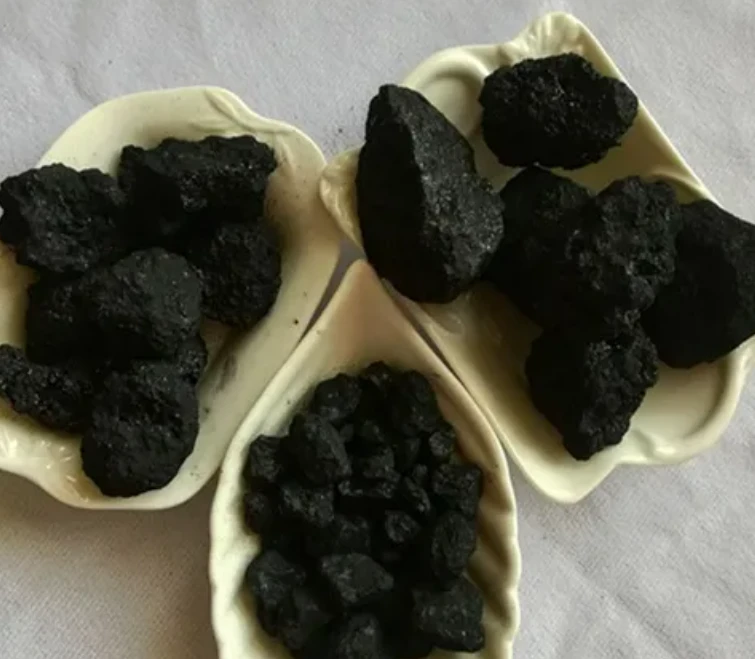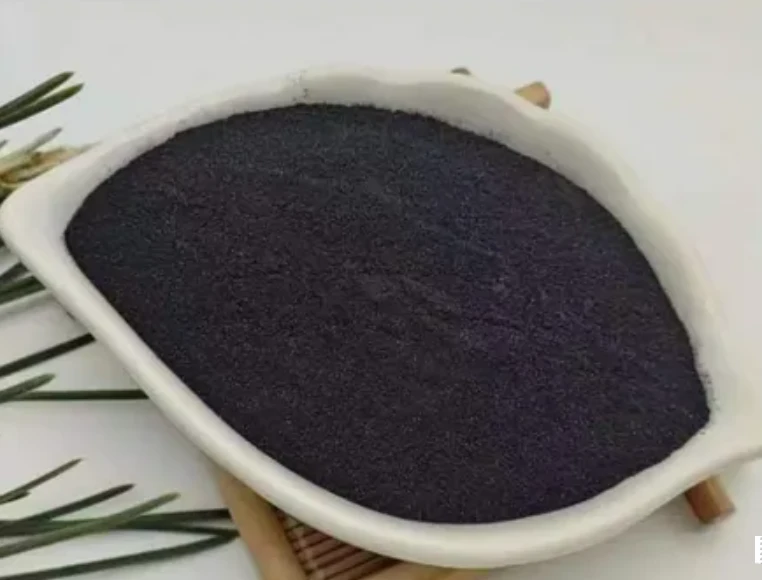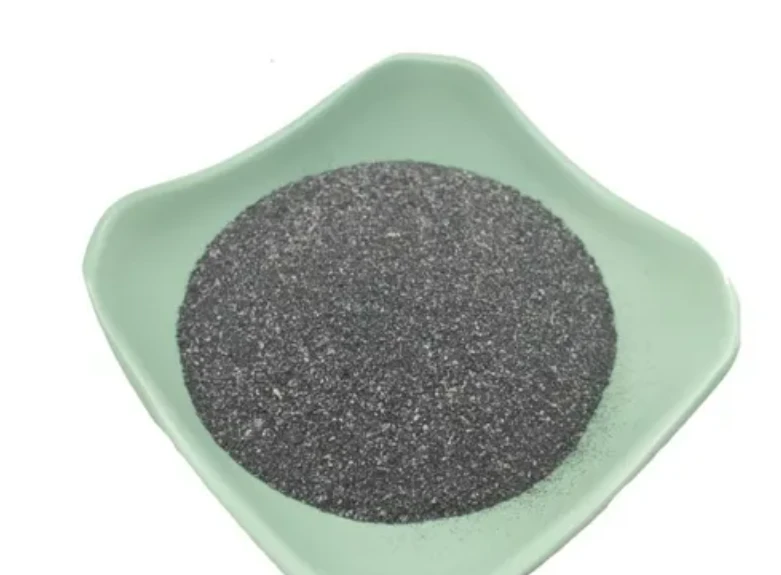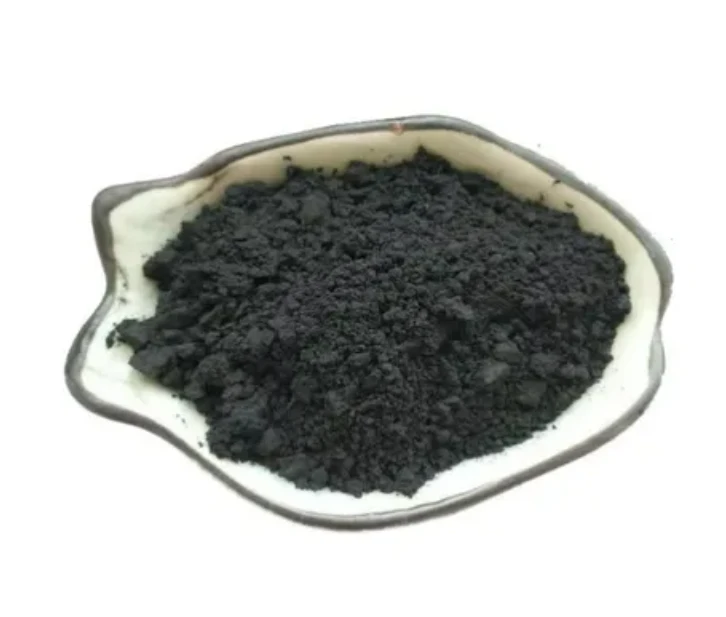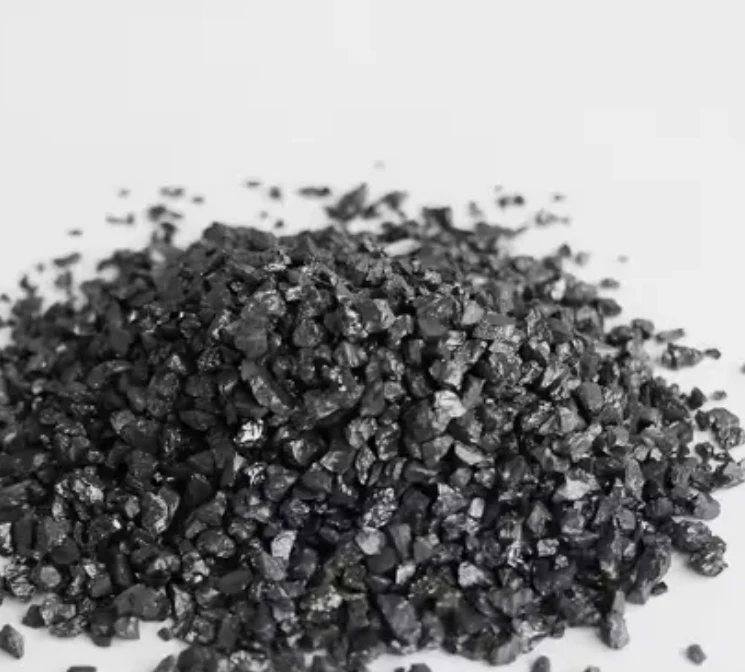- Englist


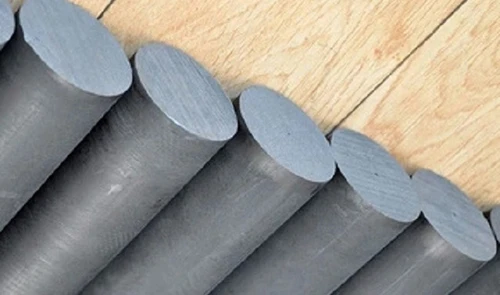
- Introduction and acetate tow price
overview - Key factors affecting acetate tow price trends globally
- Technological innovation and product advantages in cellulose acetate tow
- Comparative analysis of top cellulose acetate tow manufacturers and suppliers
- Customization options and tailored solutions for specific industry requirements
- Industrial applications: Real-world use cases and performance data
- Future market outlook and summary, with a focus on acetate tow price dynamics

(acetate tow price)
Understanding Acetate Tow Price: Market Insights and Overview
Acetate tow price has become a crucial metric for industries reliant on cellulose acetate products due to their essential role in filtration, textiles, and other advanced materials. Tracking these prices reveals significant insights: for instance, according to market research published in Q4 2023, global acetate tow price averaged between $5,200 and $6,400 per metric ton, representing a moderate increase of 3% year-over-year. This fluctuation is largely attributed to raw material cost volatility—especially wood pulp—alongside growing demand in emerging economies and increasing regulatory standards for environmental sustainability. Leading cellulose acetate tow manufacturers and cellulose acetate tow suppliers are responding by optimizing production processes and updating supply chain strategies. As economic factors, global trade policies, and technological shifts impact the pricing landscape, understanding the components and drivers behind acetate tow price is vital for procurement managers, R&D teams, and strategic planners alike.
Global Drivers Influencing Acetate Tow Price Trends
The acetate tow market is influenced by a complex web of factors. Raw material costs, primarily wood pulp and acetic anhydride, constitute up to 65% of the total production cost for cellulose acetate tow. A recent report by the International Trade Centre noted that abrupt fluctuations in pulp supply—caused by geopolitical tensions or environmental regulations—can instigate price shifts of up to 8% within a single quarter. Currency exchange rates also play a substantial role, especially for procurement from cross-border cellulose acetate tow suppliers. Moreover, escalating freight costs and stricter environmental compliance standards have incrementally pushed up acetate tow price, with Asia-Pacific and Europe experiencing higher rates due to tighter emission policies. Added to this, the global push for biodegradable and low-emission filtration media is intensifying demand, leading to price increases as suppliers invest in greener production lines.
Another powerful driver is industrial demand, most notably from the tobacco industry, which historically accounts for over 60% of acetate tow consumption. However, surging interest in sustainable and high-performance products from the medical, cosmetics, and automotive sectors is changing the price landscape, creating new challenges and opportunities.
Technological Innovation and Competitive Product Advantages
Technological progress continues to redefine the competitive landscape in cellulose acetate tow manufacturing. Recent developments include the use of advanced spinning techniques, automation systems, and eco-efficient production lines, resulting in superior product consistency and higher yields. For instance, the adoption of microprocessor-controlled spinning has enabled a 12% reduction in energy use per ton of tow, directly impacting cost and environmental footprint. Besides energy efficiency, top manufacturers have introduced high-purity filtration tows and customized denier profiles to cater to specific end-use applications.
These technical advancements mean elevated filter efficiency—critical for both cigarette filter rods and high-end air/water filtration modules. Upgraded products now boast average filtration efficiencies exceeding 95%, while defect rates have dropped below 0.8% across leading brands. This competitive edge extends to durability: advanced acetate tows reportedly maintain optimal tensile strength in both humid and dry conditions, minimizing breakdown and waste in downstream processing.
Ultimately, investments in advanced manufacturing not only reduce operational costs but also support sustainable practices, in line with evolving global regulations and customer expectations for eco-friendly solutions.
Comparative Table: Major Cellulose Acetate Tow Manufacturers and Suppliers
Below is a detailed comparison of key players in the cellulose acetate tow market, summarizing their manufacturing capacity, geographic coverage, R&D investment, and innovation ratings for 2023. This snapshot assists buyers and strategists in quickly assessing which cellulose acetate tow suppliers align best with their technical and commercial needs.
| Supplier | Country | Annual Capacity (metric tons) | Export Markets | Innovation Score | Avg. Delivery Time (days) | Environmental Certifications |
|---|---|---|---|---|---|---|
| Eastman Chemical Company | USA | 210,000 | Global | 9/10 | 32 | ISO 14001, FSC |
| Celanese Corporation | USA/Germany | 160,000 | Americas, Europe, Asia | 9/10 | 28 | ISO 14001 |
| Sichuan Push Acetati Co. | China | 145,000 | Asia, Middle East | 8/10 | 36 | ISO 9001, ISO 14001 |
| Mitsubishi Chemical Group | Japan | 95,000 | Asia, EU, US | 8/10 | 31 | ISO 14001, FSC |
| Cangzhou Chemical | China | 92,000 | Asia-Pacific, Africa | 7/10 | 38 | ISO 9001 |
Innovation Score based on patent filings, process improvements, and product launches during 2022-2023.
Notably, industry leaders emphasize R&D expenditure, efficiency upgrades, and environmental certifications. For example, Eastman and Celanese account for nearly 37% of all global cellulose acetate tow output, while also being at the forefront of introducing low-residual and high-filtration variants. Meanwhile, Chinese suppliers, with streamlined operations and competitive pricing, have rapidly expanded their market share in the Asia-Pacific region.
Tailored Solutions: Customization and Flexible Supply Chain Models
Meeting unique customer requirements is a central theme among leading cellulose acetate tow manufacturers and suppliers. Many now offer complete customization—from denier per filament (DPF) and total denier to tow length, surface finishing, and cross-section profiles. This flexibility streamlines downstream conversion and enhances performance in specific filter grades. For instance, bulk buyers in the tobacco industry may opt for DPF values of 2.5–4.0 for optimized smoke filtration, while medical device manufacturers require stricter specifications for purity and hypoallergenic properties.
In addition to technical attributes, suppliers increasingly present adaptable supply chain models, offering JIT (Just-In-Time) deliveries, consignment stock, and multi-modal shipping solutions to counter global logistics disruptions. Collaborative development programs are also common; these involve close coordination between R&D teams of both supplier and client, ensuring that new product iterations arrive faster and are better aligned to market trends. The ability to deliver smaller batch sizes with consistent quality, even under fluctuating market conditions, further strengthens customer trust.
Industrial Application Cases: Performance Data in Key End-Use Markets
Cellulose acetate tow has a distinguished role in several major industries, with performance metrics confirming its value proposition. Its largest application remains in cigarette filter rods, accounting for nearly 85% of global usage. For example, leading brands using high-filtration tows have extended the average filter lifespan by 18%, reducing material wastage and end-user costs.
Beyond tobacco, demand in air and water filtration has surged, driven by regulatory demands for safer particulate removal and consumer preference for eco-friendly products. Case studies demonstrate that customized tows, with tailored crimp patterns and surface treatments, consistently outperform generic alternatives. In a recent filtration efficiency assessment, cellulose acetate tow-based media achieved particle retention rates of 98.7% for sub-micron contaminants—substantially higher than the 91.4% figure for standard synthetic fibers.
Other notable applications include cosmetics (thickening agents and wipes), specialty textiles (eco-fabrics and nonwovens), and automotive air filtration, where chemical purity and thermal stability are critical. Each sector’s stringent requirements necessitate ongoing collaboration between buyers and suppliers to ensure regulatory compliance and consistent product integrity.
Future Outlook: Acetate Tow Price Trends and Market Dynamics
Moving forward, the acetate tow price is projected to remain on a moderate uptrend, with sustained demand in both traditional and emerging applications. According to industry forecasts, average global prices may increase by 4–6% annually through 2027, largely due to increasing sustainability requirements, continued investments in green production, and rising operational costs. Enhanced transparency in the supply chain and broadening geographic reach of cellulose acetate tow suppliers foster more competitive price environments, benefitting both high-volume and niche end-users.
For buyers and strategic partners, a proactive approach is essential: prioritize engagement with innovation-focused cellulose acetate tow manufacturers and leverage supplier diversification to mitigate risk. Regular monitoring of technical specifications, supplier accreditations, and regional price benchmarks will help organizations maximize their procurement value. Ultimately, an adaptive sourcing strategy, aligned with evolving market conditions and sustainability goals, will define long-term competitiveness and unlock superior outcomes in cost optimization and product performance within the acetate tow marketplace.

(acetate tow price)





 Pervious
Pervious
 Next
Next
